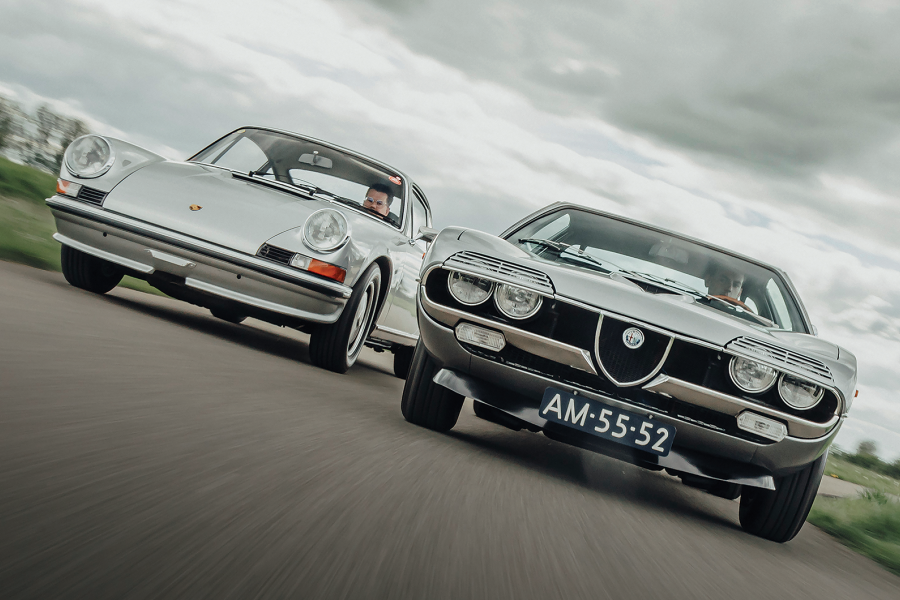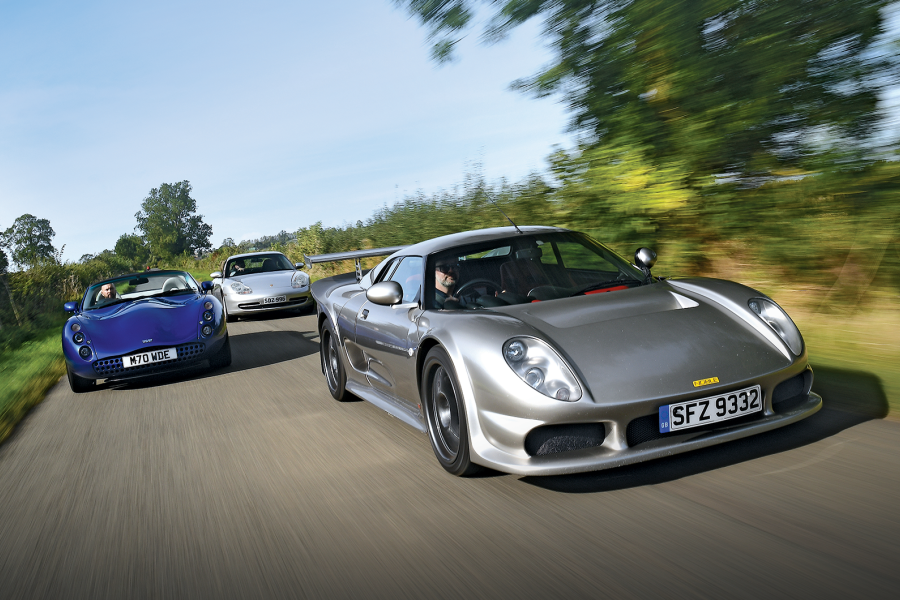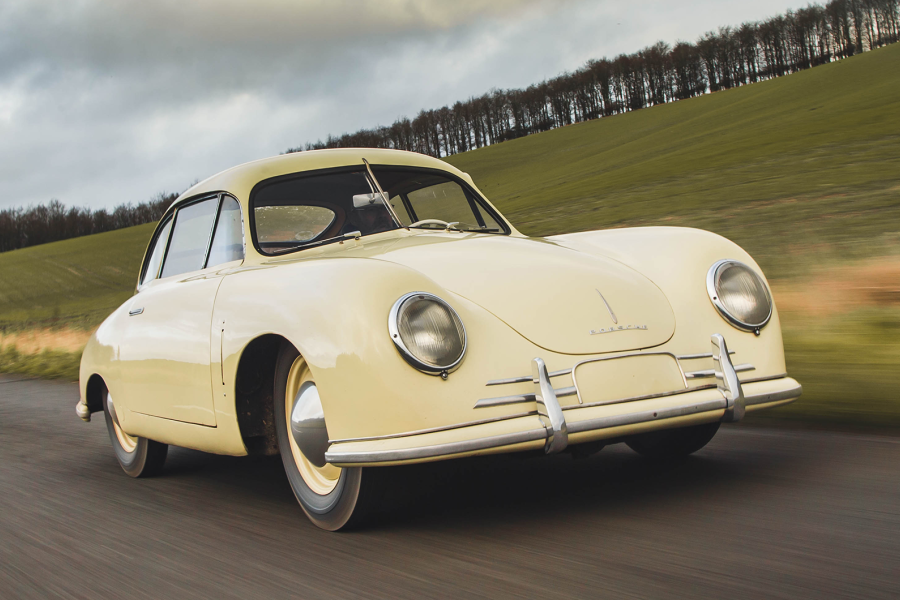
Why you'd want one
After progressively developing the 356 as far as it could go, Porsche unveiled the 901 in 1963 and put it into production as the 911 in ’64.
This brilliant all-rounder began a whole new family and was again gradually improved and uprated as the years went by. Some derided its rear-mounted, air-cooled engine, but Porsche meticulously perfected the layout and tamed the handling by myriad tweaks, from the magnesium crankcase to the 2in wheelbase extension.
The powerful overhead-cam dry-sump flat-six in a light, stiff bodyshell gave tremendous performance in a car that felt as if it would go for ever. They won races and rallies, becoming ever more impressive. Looking just at the first 10 years – from the O- to the ’73 F-series – the changes and options are mind-boggling.
It’s vital to research and learn all the detail before looking for a car to buy, because there are big variations in spec (from 110bhp in the early 911T, to 210bhp in the rare Carrera RS 2.7), with even greater ranges in value. Identifying a genuine RS 2.7, if it does not have full verifiable history, is a minefield even for Porsche experts, let alone an amateur purchaser.
Originality and patina are now the buzzwords for 911 collectors and a well-preserved car is worth significantly more than a similar rebuilt car with no pedigree.


















